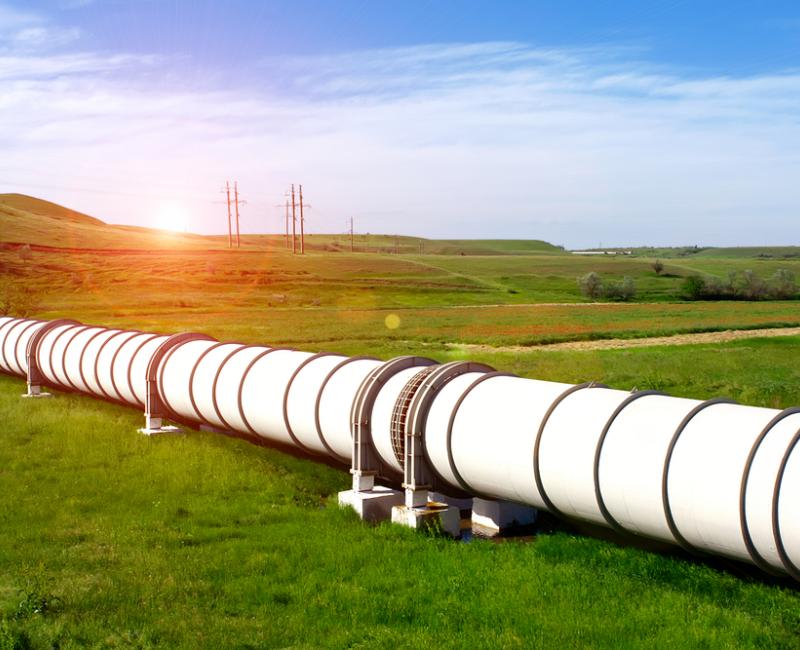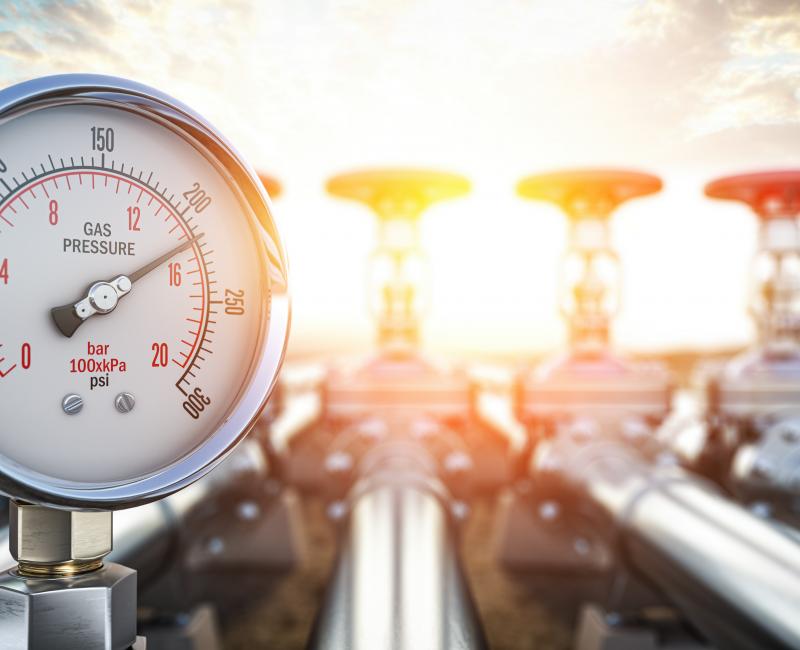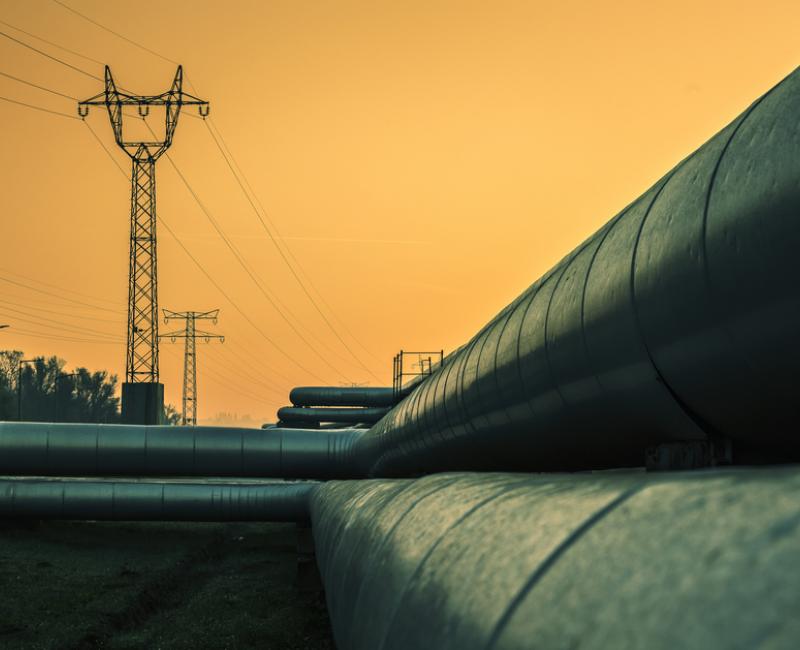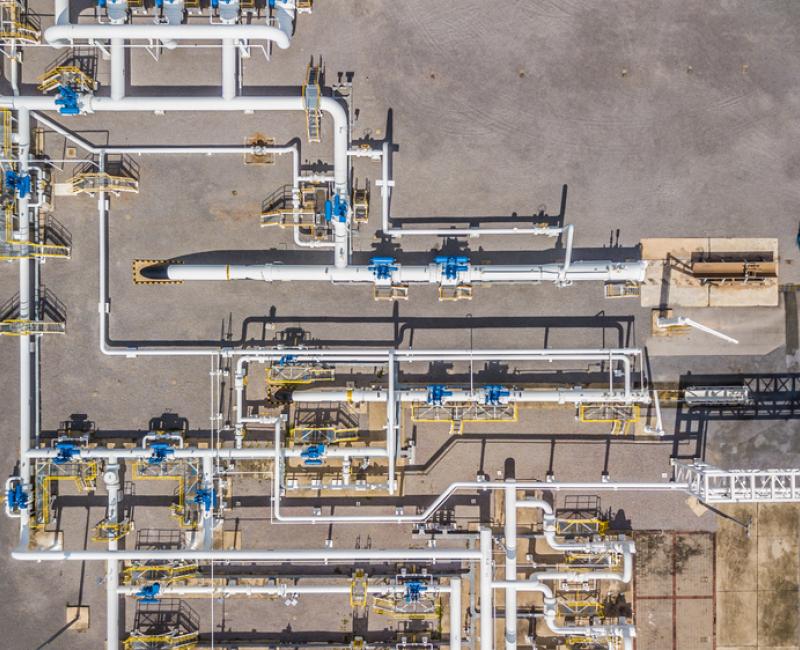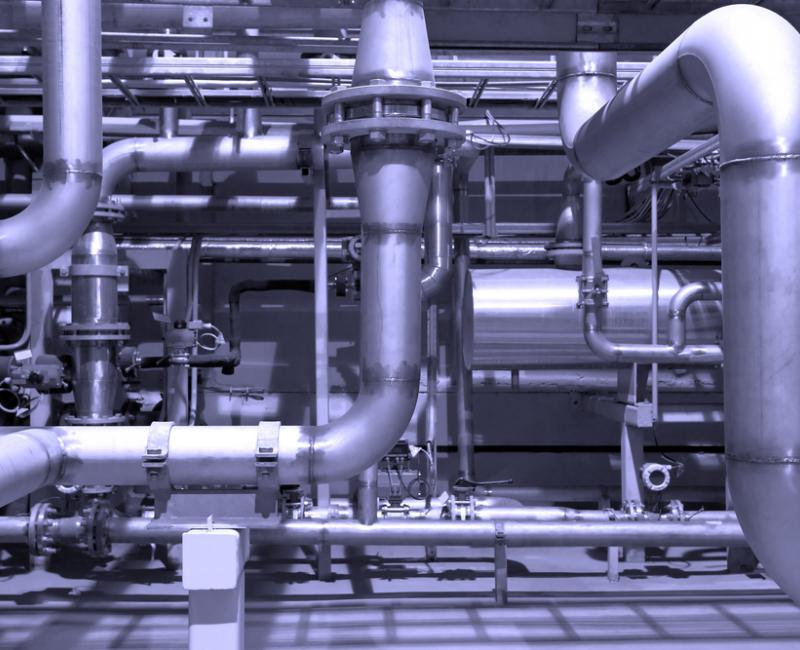ACER publishes a Study on Future Regulatory Decisions on Natural Gas Networks
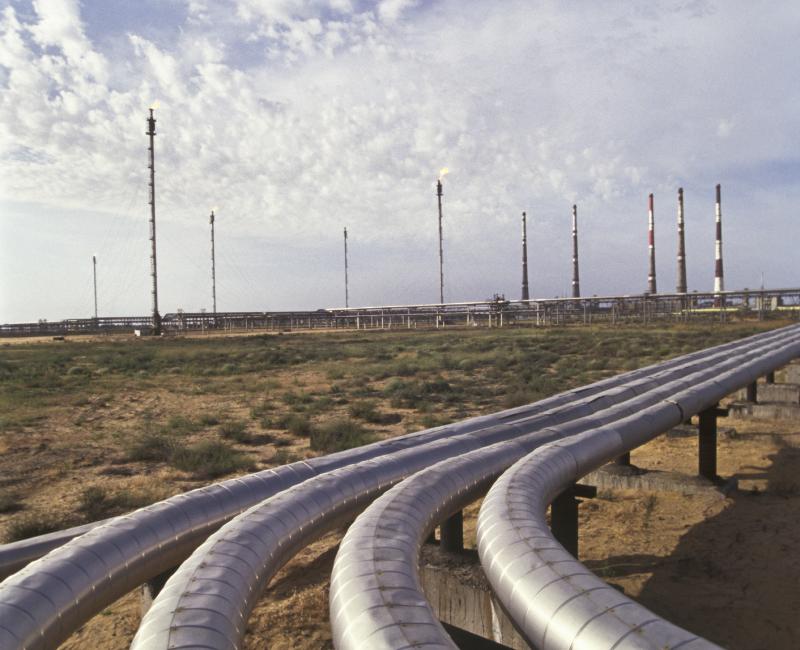
ACER publishes a Study on Future Regulatory Decisions on Natural Gas Networks
What is it about?
The Agency for the Cooperation of Energy Regulators (ACER) publishes today a Study on the Future Regulatory Decisions on Natural Gas: Repurposing, Decommissioning and Reinvestments. ACER commissioned DNV as a consultant to carry out the study.
Europe’s ambitious energy transition and decarbonisation goals by 2050 point to a changing role for natural gas. Demand for natural gas is expected to decline over time as the decarbonisation goals lead to a substitution of natural gas with other energy vectors. Therefore national regulatory authorities (NRAs) will need to take regulatory decisions on a wide range of issues such as:
- The repurposing of natural gas assets for their use as part of hydrogen networks;
- The potential decommissioning of natural gas assets that become stranded; and
- The reinvestment of assets that reach the end of their regulatory lives and become fully depreciated.
What is in the Study?
The DNV Study provides an overview of current practices in Member States in addition to identifying challenges and offering possible solutions to future challenges that NRAs and the natural gas transmission system operators (TSOs) face with respect to the changing role of natural gas.
The analysis touches upon issues that are part of the European Commission’s Hydrogen and Decarbonised Gas Market Package of legislative proposals, such as the setting of the transfer value for repurposing assets, the forecasting of future transmission tariffs and the benchmarking of TSO costs. The report includes data collected from NRAs on the TSOs’ regulatory asset base, which helps increase understanding of how current TSOs’ costs are foreseen to evolve over time.
The DNV Study also identifies future challenges and suggests future possible legislative steps to be taken at the EU level on natural gas transmission and on hydrogen networks.
The information and the views set out in this study are those of the author (DNV) only and may not, in any circumstances, be regarded as stating ACER’s official position, opinion, or recommendation. ACER does not guarantee the accuracy of the data and the statements contained therein.
Access the Study on the Future Regulatory Decisions on Natural Gas: Repurposing, Decommissioning and Reinvestments

